Varna, Bulgaria: what to do on a weekend
In addition to going quite a few times to the beach (Rappongi was the chosen one, which the locals recommend) there are also many things to do in Varna and its surroundings. In this post we give you some recommendations on what to do in Varna on a weekend.
Table of Contents
Aladzha Monastery
On the first morning, we did what we wanted most: visiting the monastery of Aladzha (Map; Web), on the outskirts of Varna.
Declared a National Historic Landmark in 1912, this rock-carved monastery was used by hermit monks during the 12th and 14th centuries. The rooms of the monastery had two floors, and are excavated at almost 40 meters high, being one of the few rock-carved habitats that looked architecturally like monasteries built with common building materials: it is quite an unique place.
There is archaeological evidence that the catacombs were inhabited during the first Christian era (5th and 6th centuries).
After the fall of Bulgaria at the hands of the Ottomans in the late 14th century, the monastery of Aladzha began its decline, and was completely forgotten in the 16th century. In addition, a natural cataclysm in the middle ages resulted in the collapse of the entire front rock facade, which is what you can see today.



How to get to the Aladzha Monastery?
The best way is with a taxi (the company that locals recommend as reliable is Omega) or private car, since this way you can go at the hours you want. If you favor public transport, however, you can take bus 29 from the Train Station or next to the Varna Cathedral at 7:55 and 17:50, and take the one that suits you best back from there (again , only two).
The entrance costs about 5 Bulgarian lev, although if you have the Varna City Card – which we talked about in the previous post – the entrance to the monastery is free.
Around the monastery there is a natural park, through which you can walk quietly, as we did.
Eating in Varna: Casa Al Mare
To eat around the city of the monastery we went to the promenade of Varna, and we stopped at La Casa Al Mare (Map).

This cozy and familiar Italian cuisine restaurant lured us with its spacious terrace on the shade side of the street on a hot day. The restaurant has an extensive menu with fish – always a good option when you are by the sea side, and also has a discount for the holders of the Varna City Card, as we had.
The salad and the meat were quite good, but what really shined for us was the dessert: a very generous portion of cake that provided us with energy for the entire afternoon.
You can see everything in this Instagram gallery.
Roman Baths of Varna
Within the city, perhaps the most famous attraction are the Odessos Roman Thermae (Map, Web), from the 2nd century A.C.: a large complex of Roman public baths from which its ruins can be visited.

With an impressive 7000 square meters, it is the fourth largest public baths discovered in the European provinces of the Roman Empire. During the crisis of the empire, shortly after the completion of its construction, the city could not keep them operational because of their high cost, and they were abandoned. Large parts of the materials with which they were built were integrated into other constructions, including the nearby small Odessos hot springs, much more modest in size, from the 4th century A.D.

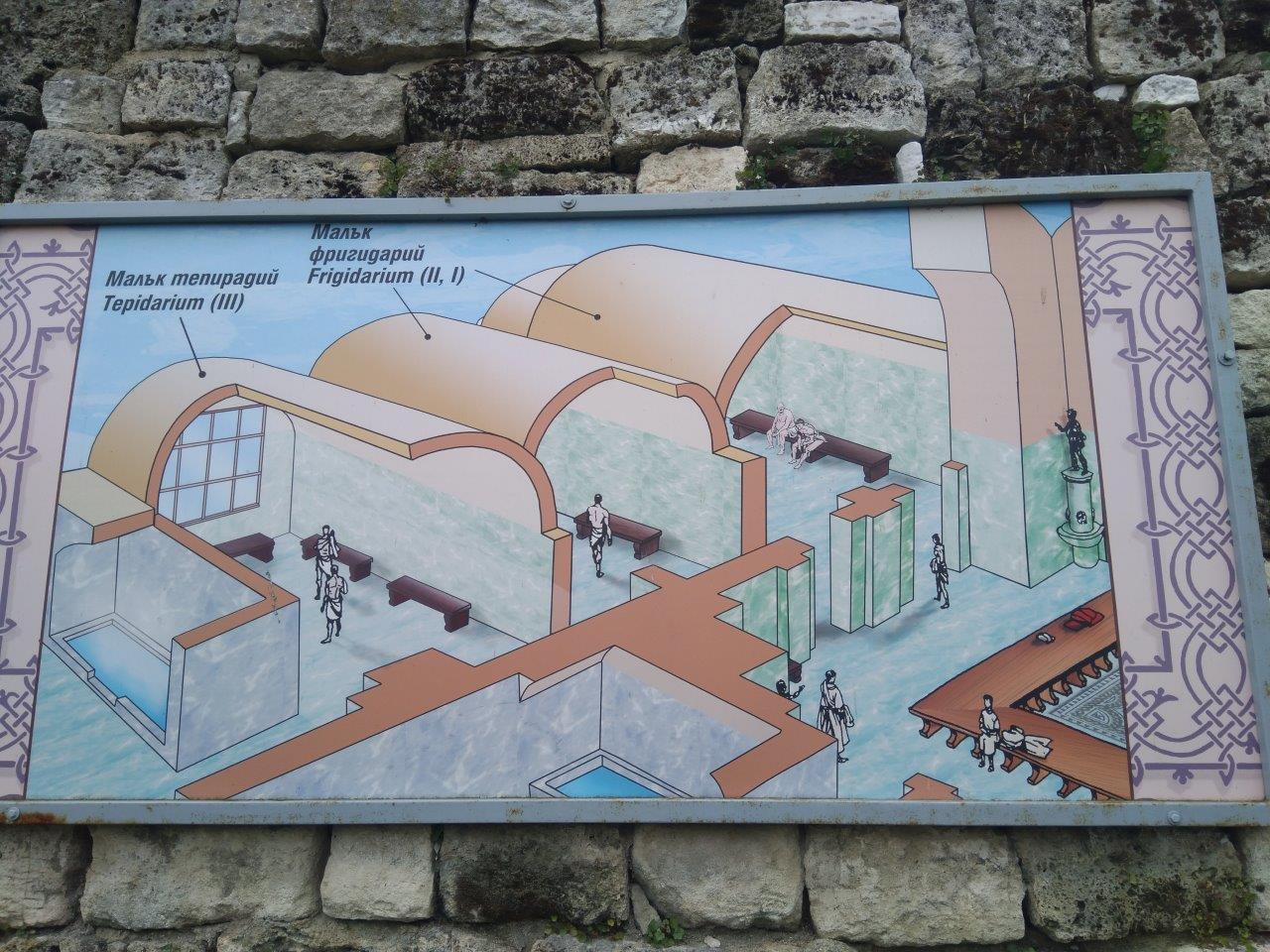


The entrance costs 4 levs, although if you have the Varna City Card it is included, and is quite a nice visit.
Varna Naval Museum
As we mentioned in the previous post, Varna is the main Bulgarian city in the Black Sea, which means of course that it has one of the largest ports in the area and that the sea is important to the city.
Therefore, after the hot springs we went down to the Naval Museum (Map; Web) of the city, to learn a little more about it.

The museum is in a building with two floors (and a half), with different themes depending on each floor. In the lower one – the middle one – we have a picturesque diving scene, for example. On the first floor you can learn more about sailing in the Black Sea and the old Bulgarian sea navigators. On the top floor we can see more about the last century of Bulgarian navigation, with for example the participation of the country during the main conflicts of the 20th century.

Some things to see are: the installation of the bridge of an 18th-century gunboat and the gadgets of a lighthouse (which interested me quite a bit). Likewise, there is now an exhibition of maritime comic strips, which will last a few months and is also worth visiting.

A boat trip along the coast of Varna: the Pinta Varna pirate ship
Although there are many different trips from the Pinta Varna (web, map) – a tourist boat that goes around the coast of Varna – we took the last trip of the day: the sunset trip.

The Pinta Varna is a pirate-decorated ship that offers a tour of about 90 minutes while the sun sets (among other kinds of tours during the day). It offers snacks and drinks on board (for adults, but also for children, being a good plan to do with the family) , with which one can get back to port a bit tipsy, which is always a good thing.
We did have a great time and the super friendly staff is always making sure that everyone enjoys their time, providing with pirate clothing (great for the kids), snacks, drinks and games.
It goes along the north coast or the south coast of the city, depending on the wind and waves of the day, to provide the smoothest experience for the travelers.



The daytime tours of the Pinta Varna can be longer and contain a “water cannon battle” with another ship, which sounds quite fun if you travel with friends! Check out the schedules at the port or on its website.
The pedestrian center of Varna and Primorski Park
The center of Varna is very picturesque, with pedestrian streets dotted with cafes, restaurants and shops that are not overcrowded and leave plenty of room to breathe.

The pedestrian zone starts from the south of the famous Varna Cathedral, and ends in the Primorski Park: it is a very wide area where it is a pleasure to walk around. As we mentioned in our previous post, it is where we stayed over, and that it is a great location to spend a few days in the city.
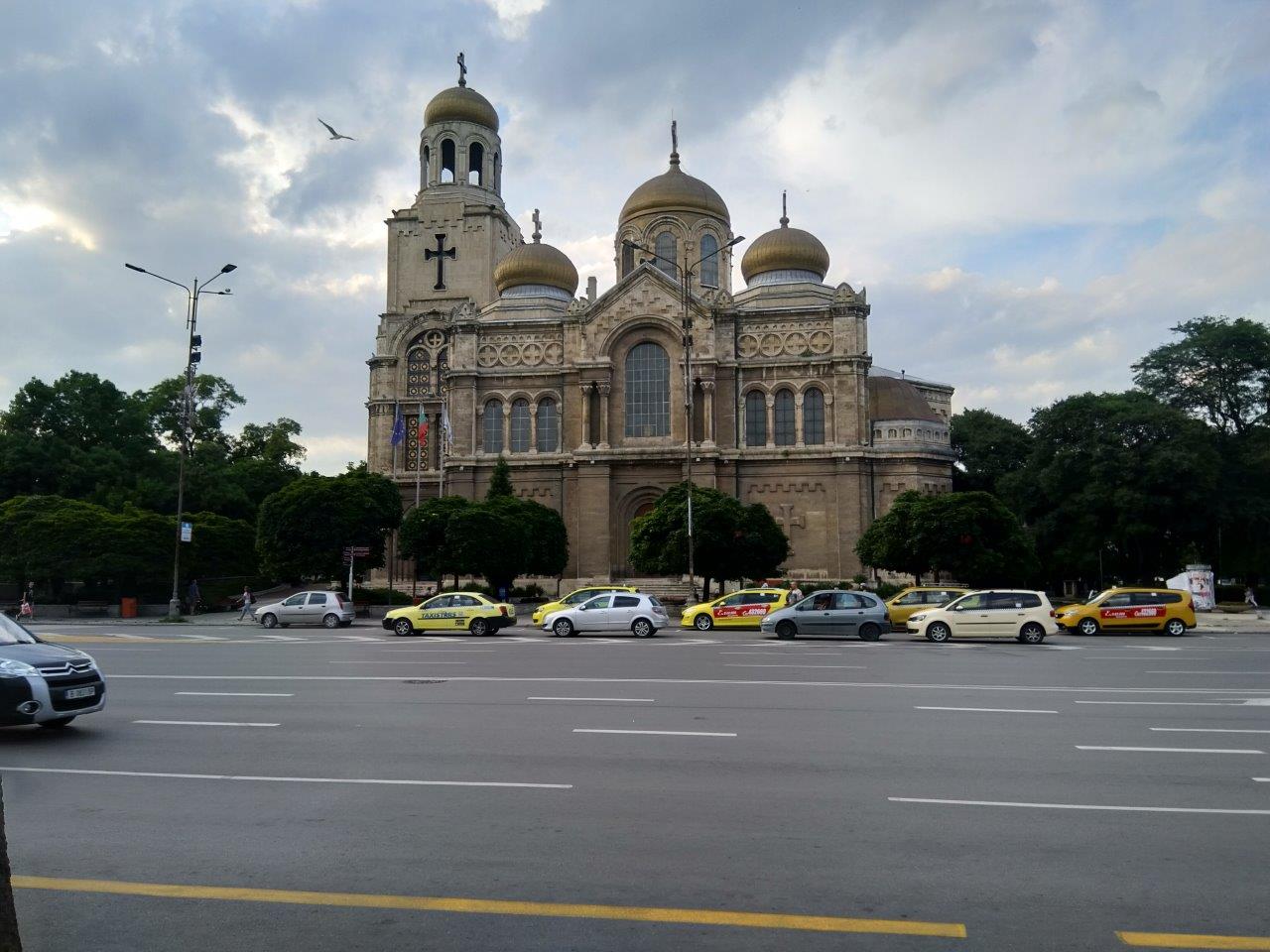


It is connected to Primorski Park (Map), a large park parallel to the coast where there are all kinds of interesting things to do: dolphinarium, museums, mini-golf, street market, obstacles for skateboarders, bike paths, statues … Or just to walk, Of course, overlooking the sea.
The recommended beaches of Varna
Last but not least, the beaches of Varna, a place where we stayed a decent amount of time relaxing.
In the city itself, the best beach is Rappongi. It is a bit far from the pedestrian center, but it is the best beach area (the one chosen by the locals, as it is far from the port area). We went to it mostly during the days we were.
If you prefer to leave the city, relatively close (and well connected) you have the resort that the young boys and girl go to have a good time: the Golden Sands, a kind of Bulgarian Magaluf. To go to this place you can take the 409 bus from the pedestrian center or from the cathedral (the same line as the airport, but in the other direction). There is one every 15 minutes or so, so you won’t have to wait too long.

If you like good beaches – and who doesn’t – but Golden Sands is a bit too much party for you and you prefer something quieter, the beach of St Konstantin and Helena (map) is for you. You can also arrive with bus 409 but it leaves you a little far from the sea. Bus 31A also does the same, but leaves you very close to the beach.
Finally, the Kabakum beach (map) is another one recommended by the locals, with good water quality. Again, the bus 409 in the opposite direction to the airport will take you there, being the best stop to step down “Journalist” or “Free University”. This is a little further than the St Konstantin, though.
And these were the activities and things we can recommend you! If you have visited any of these places, what did you think of them? Which would you most like to visit if not?
Topics: Traveling around Europe |
Leave your comment!
|  Print This Post
Print This Post
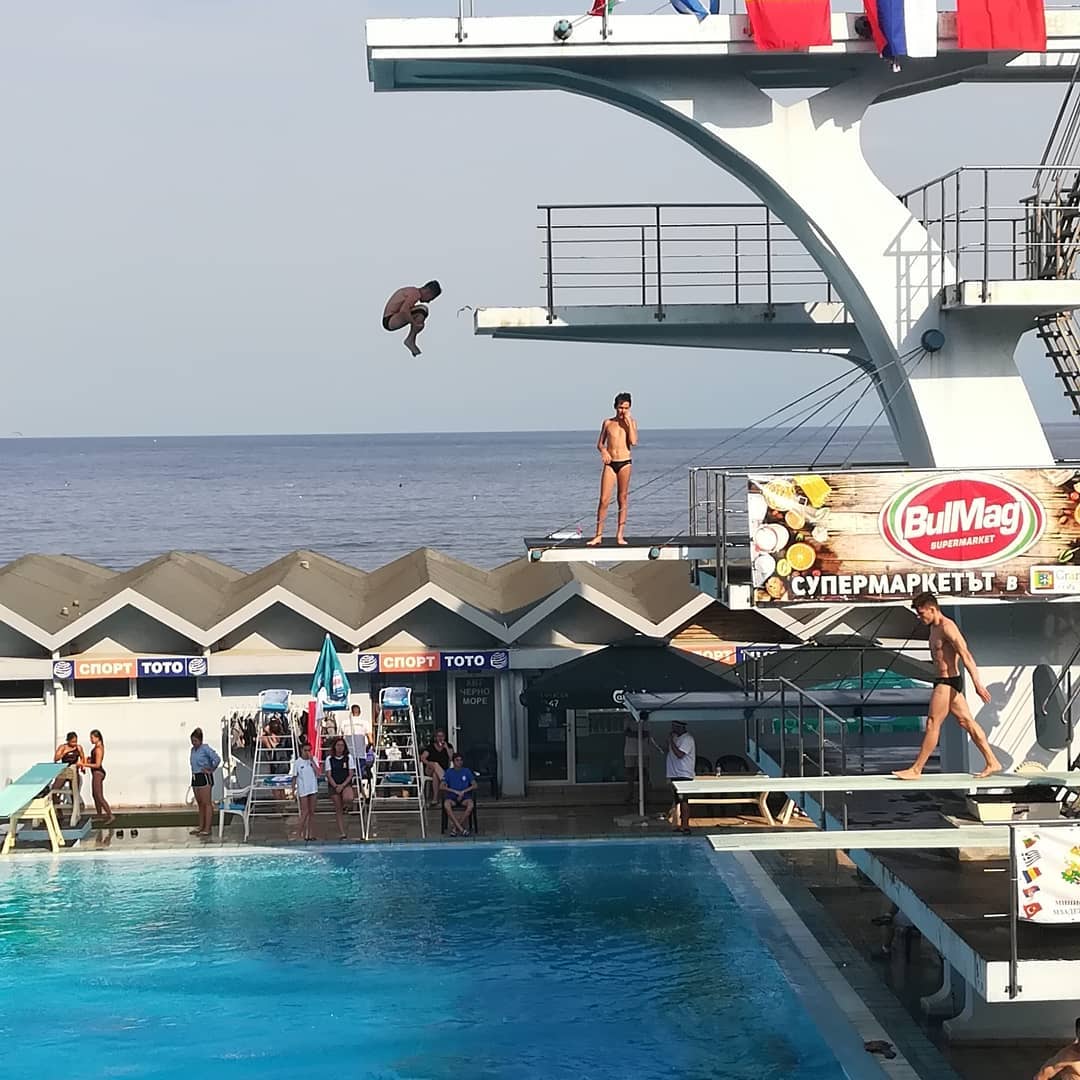

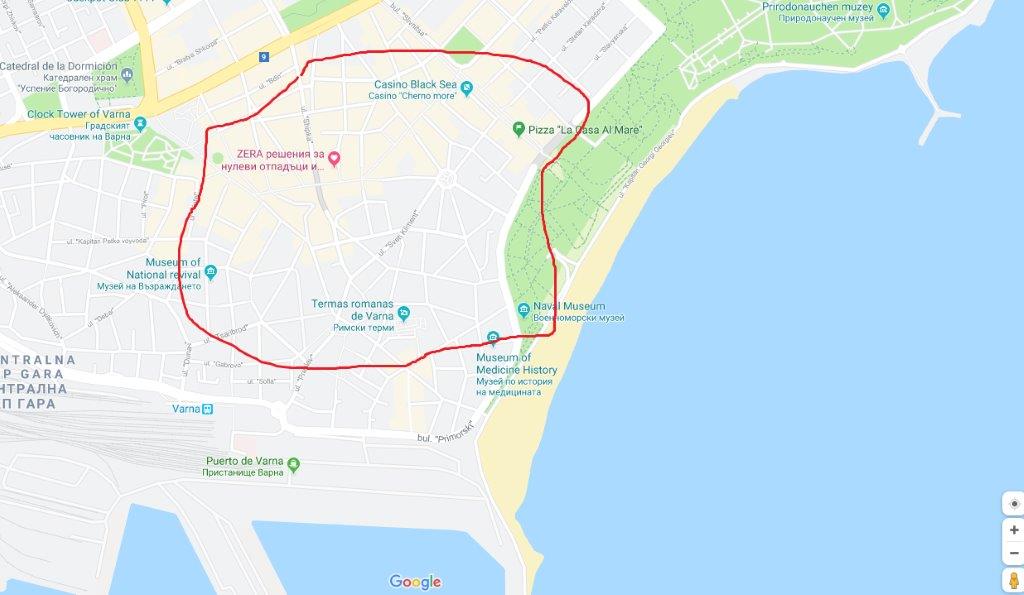

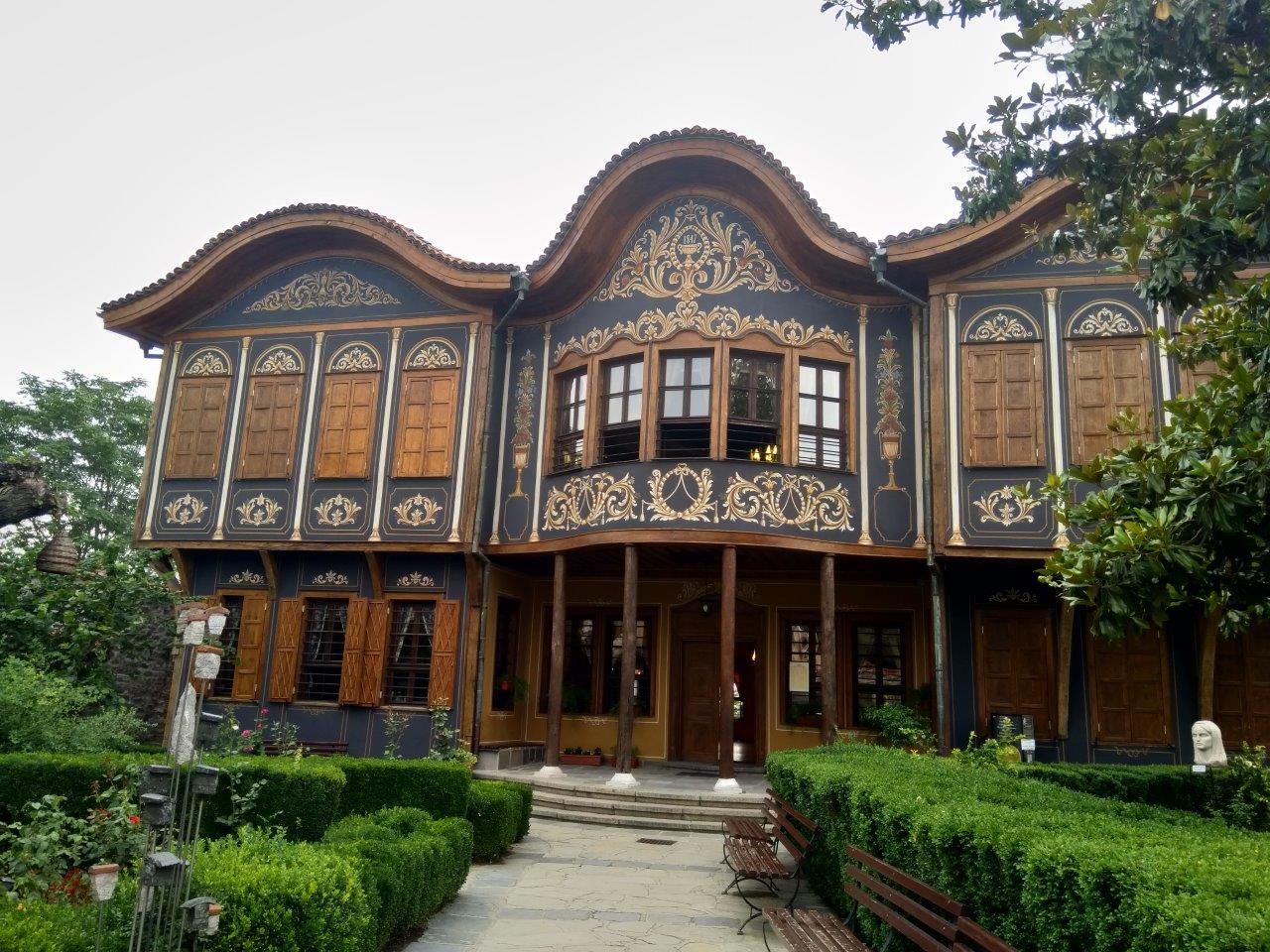


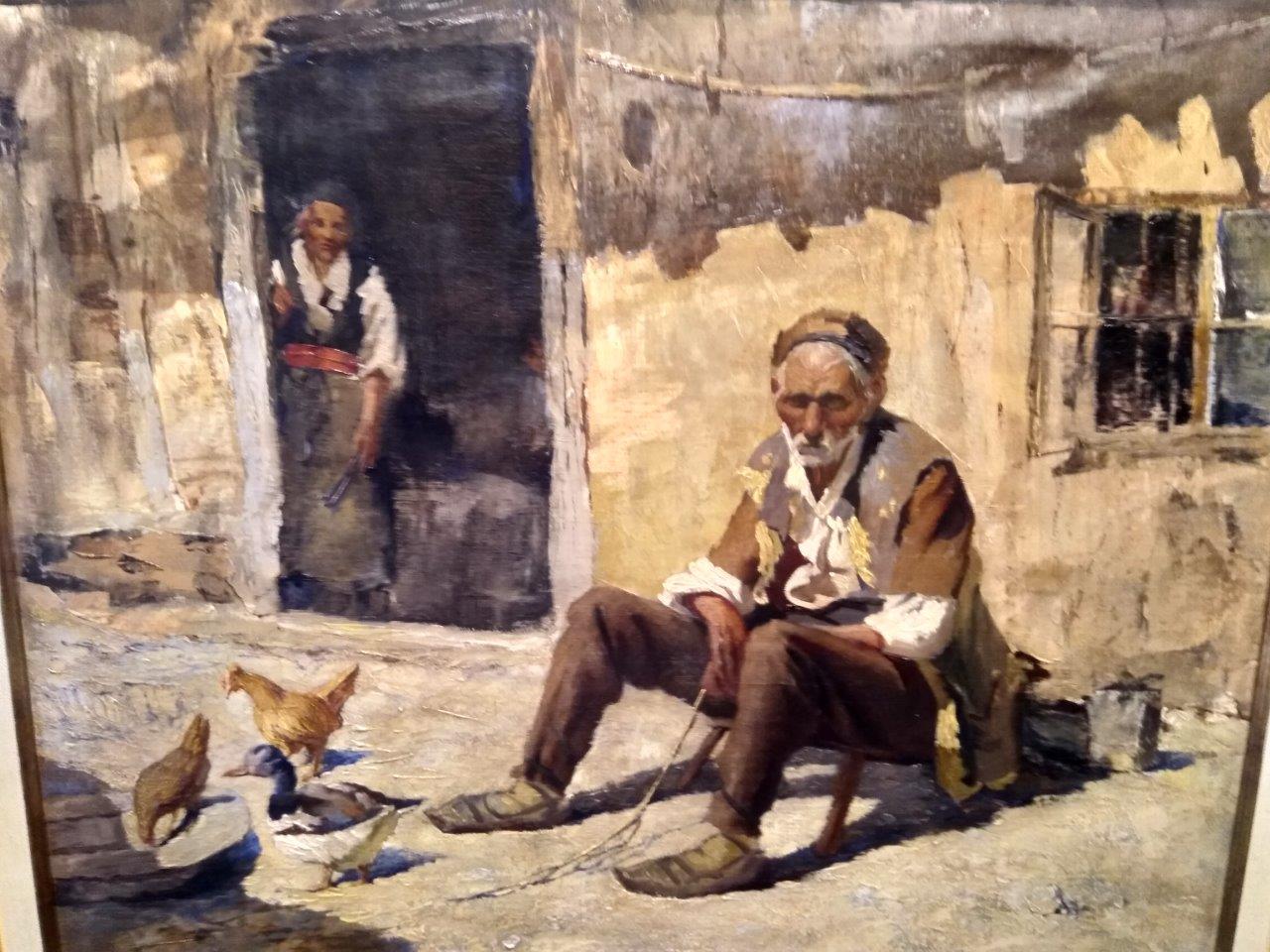

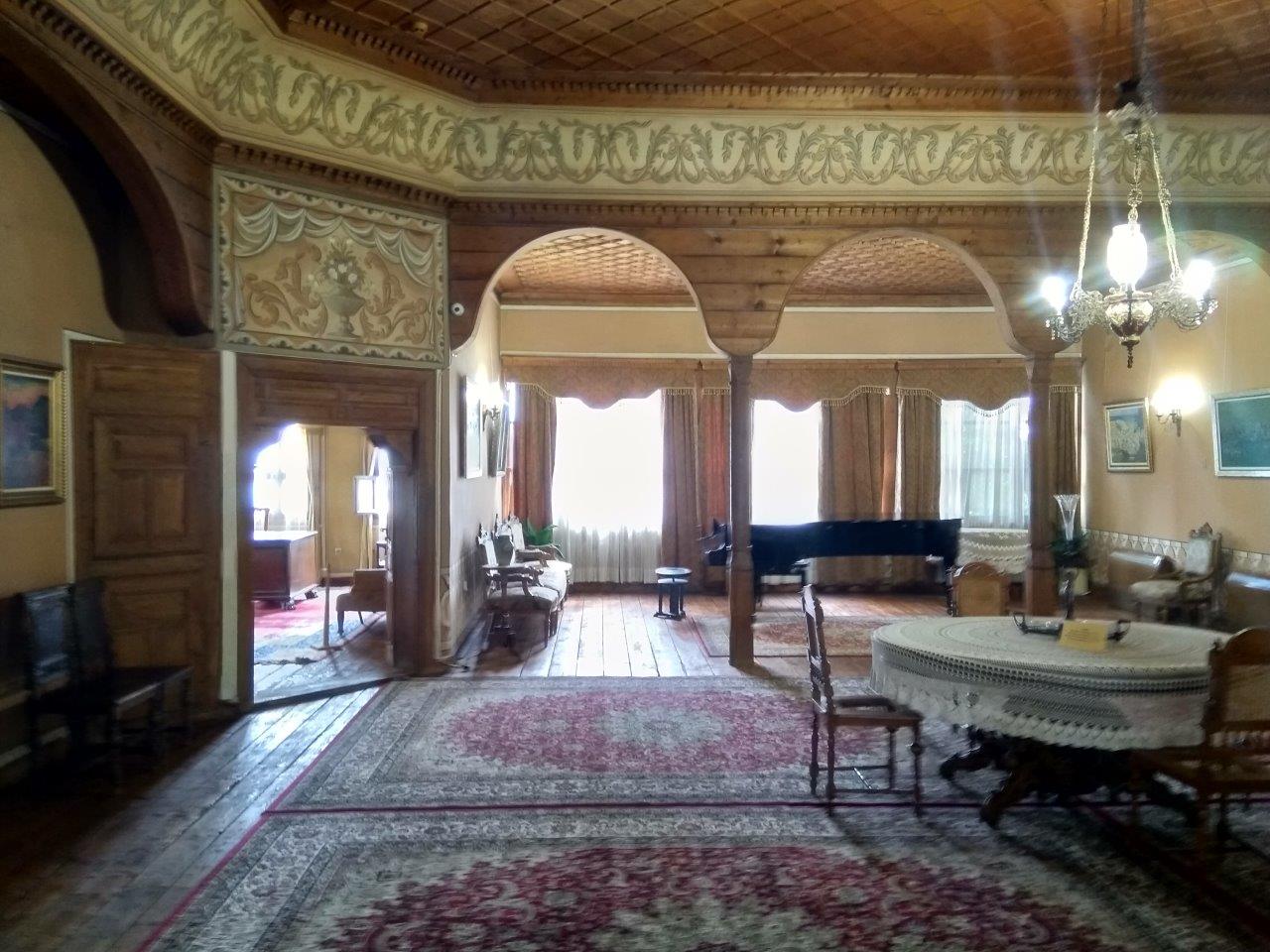





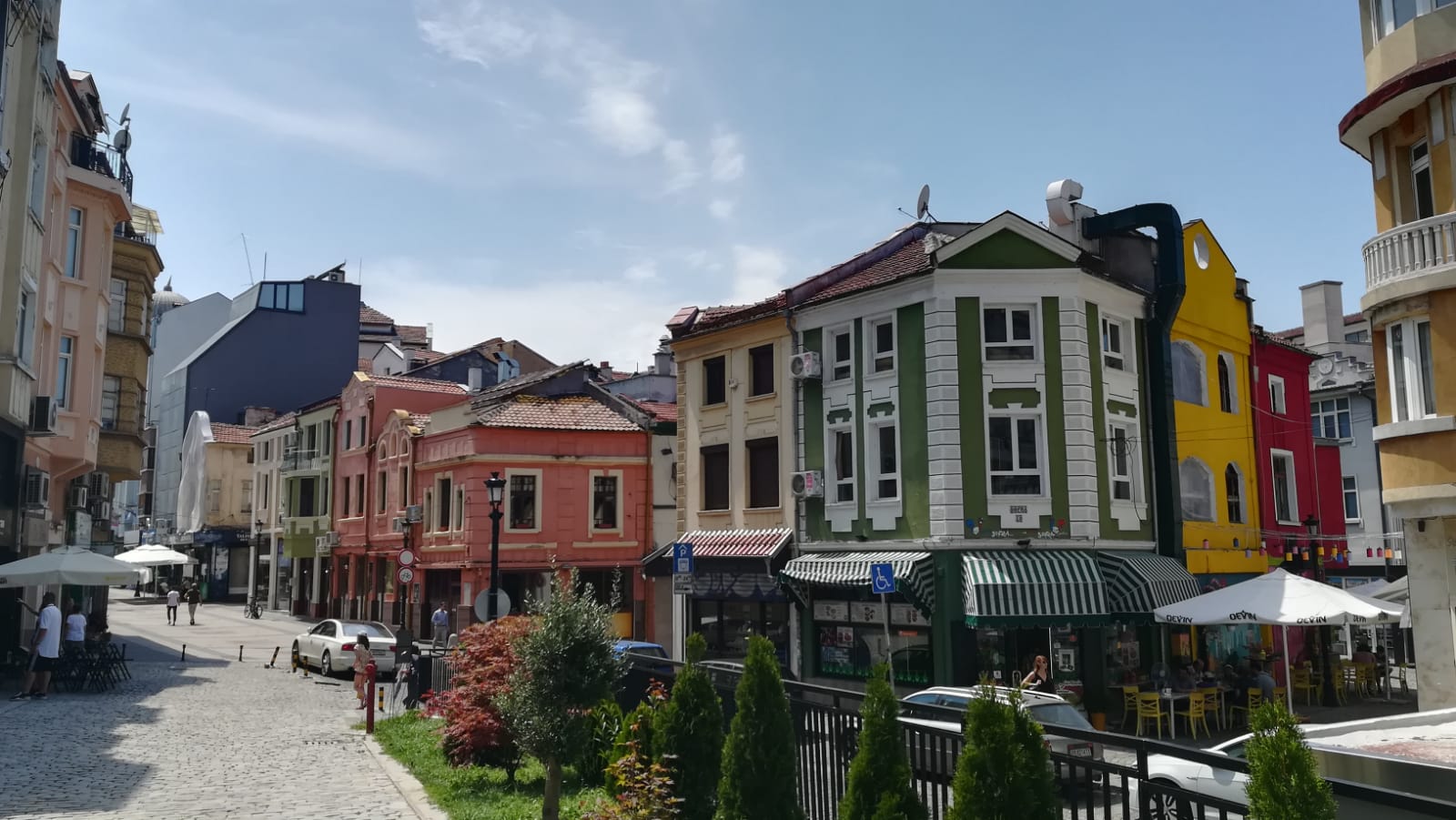
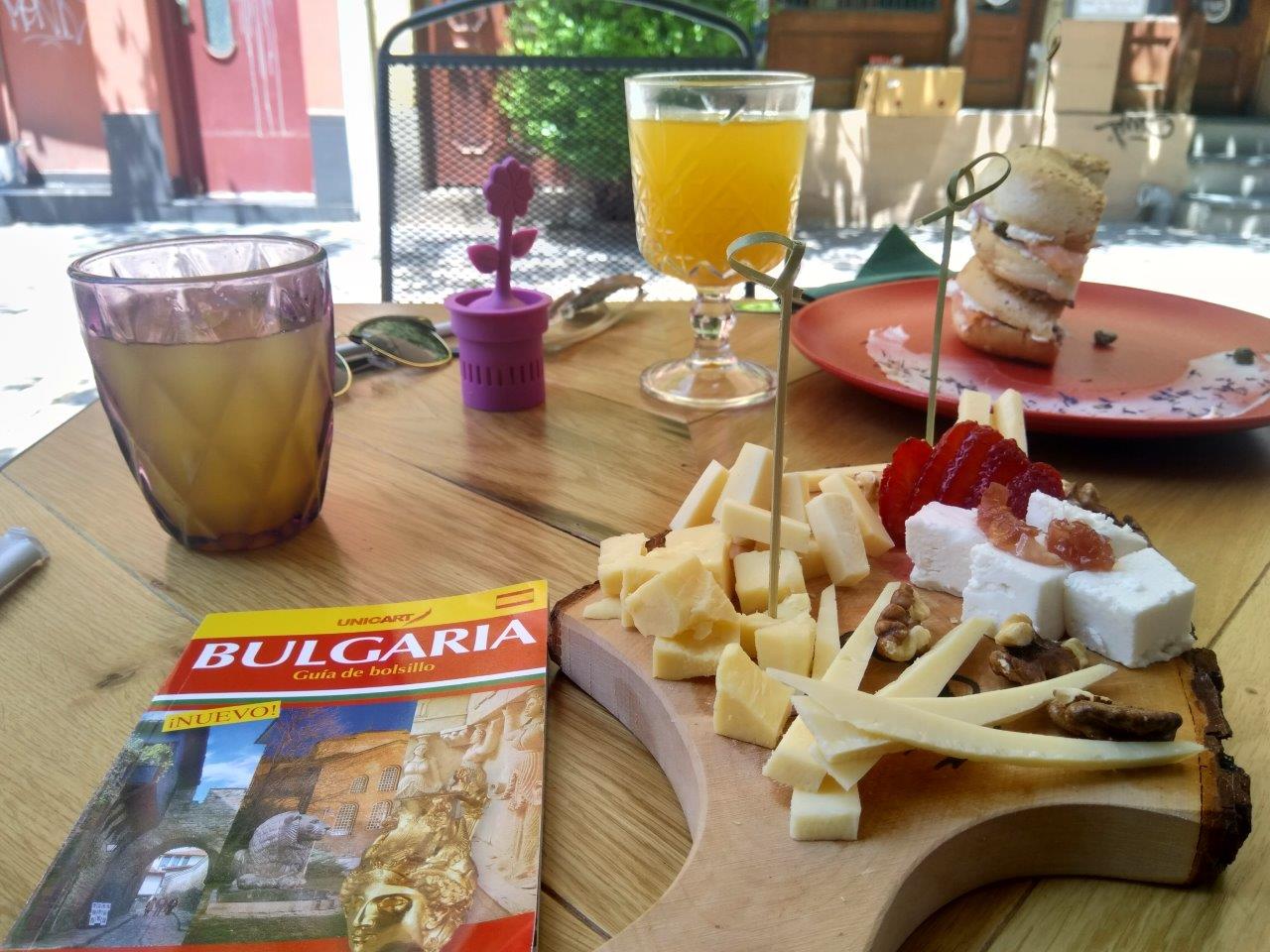
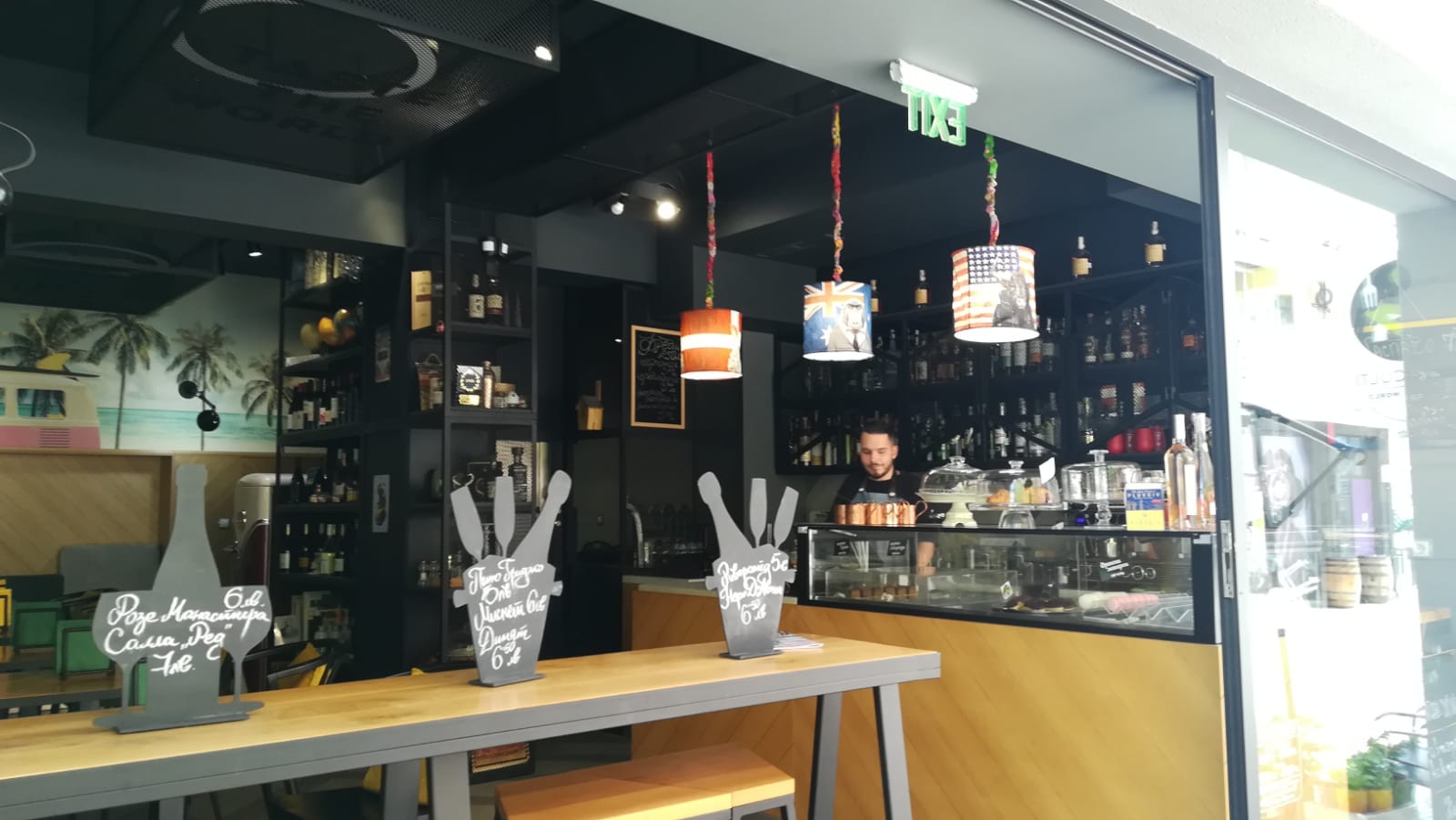
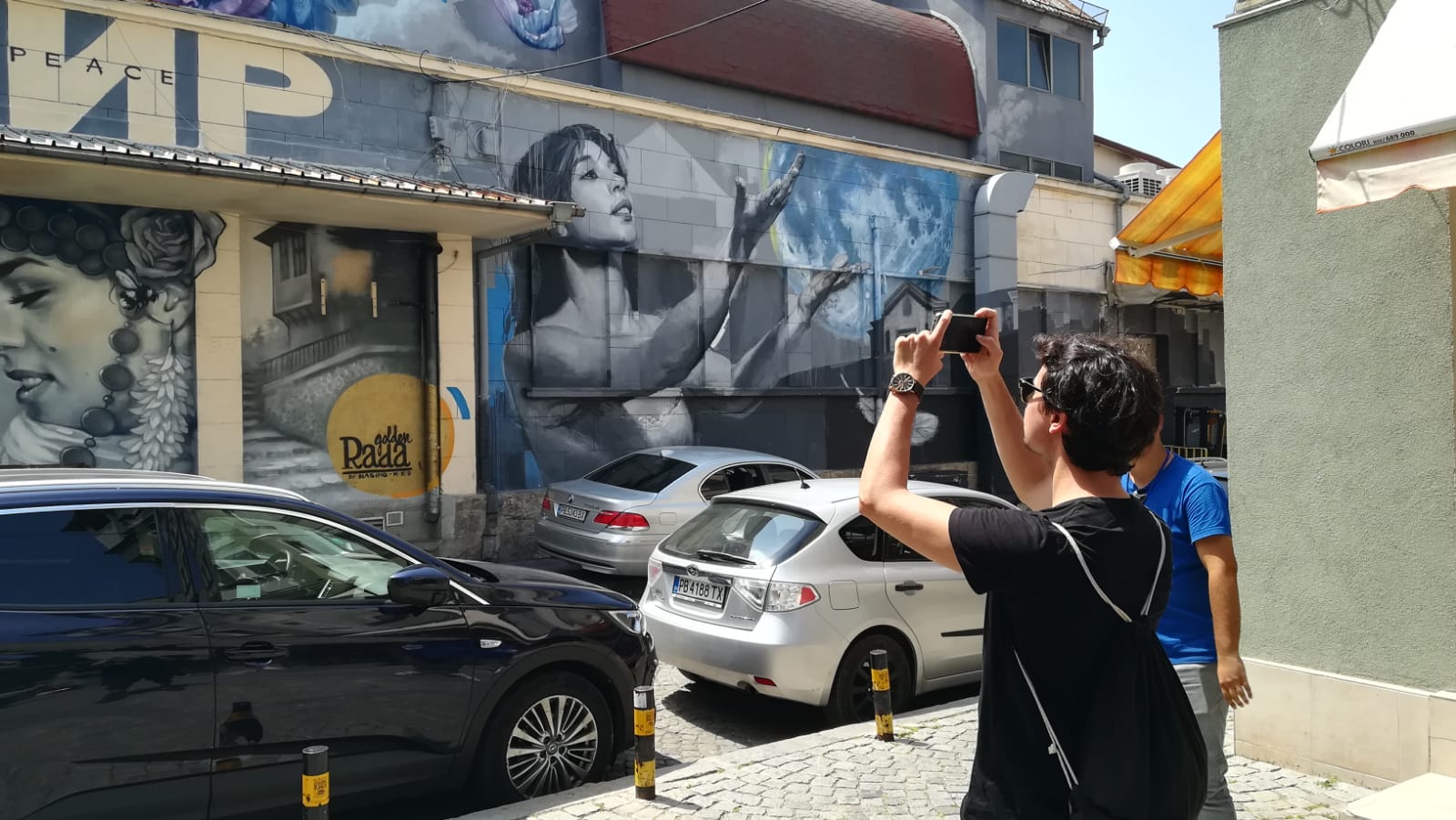
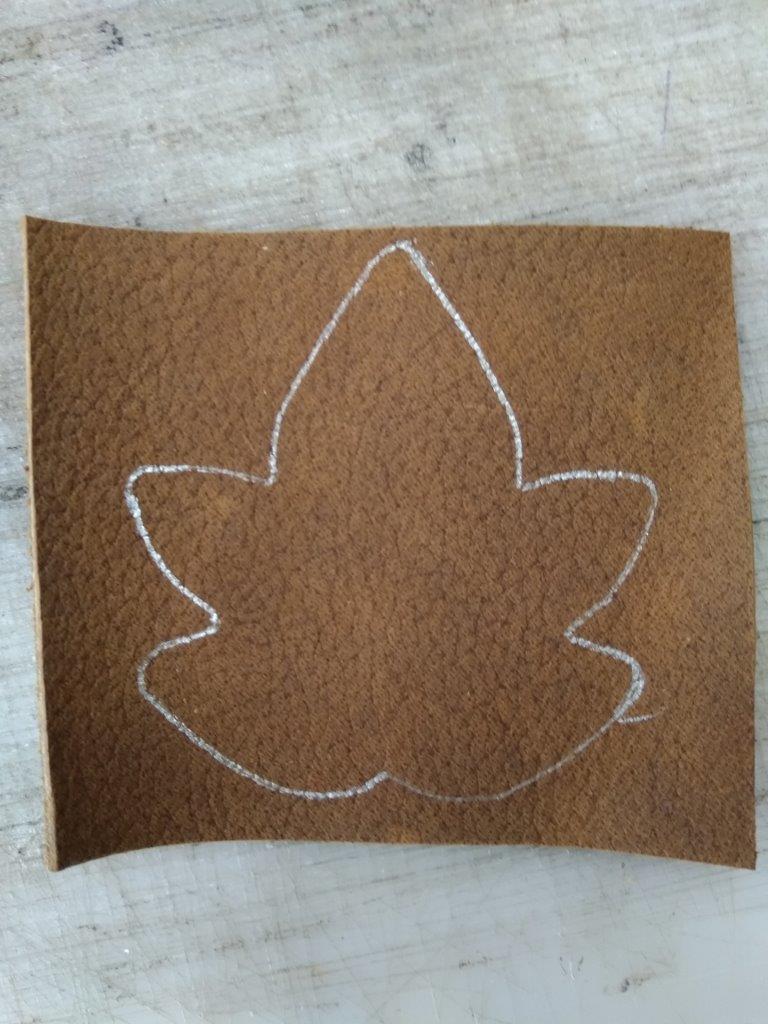
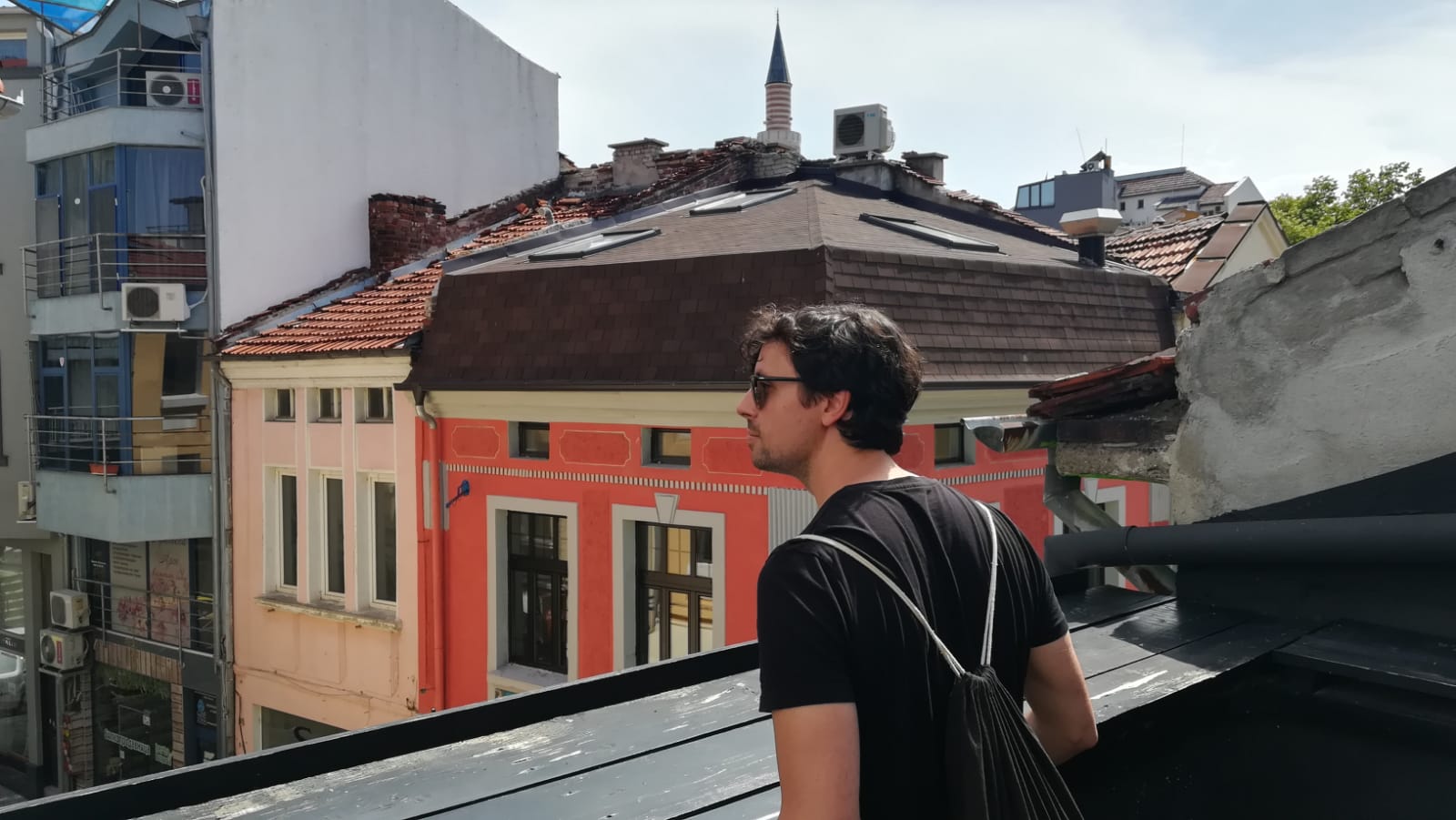
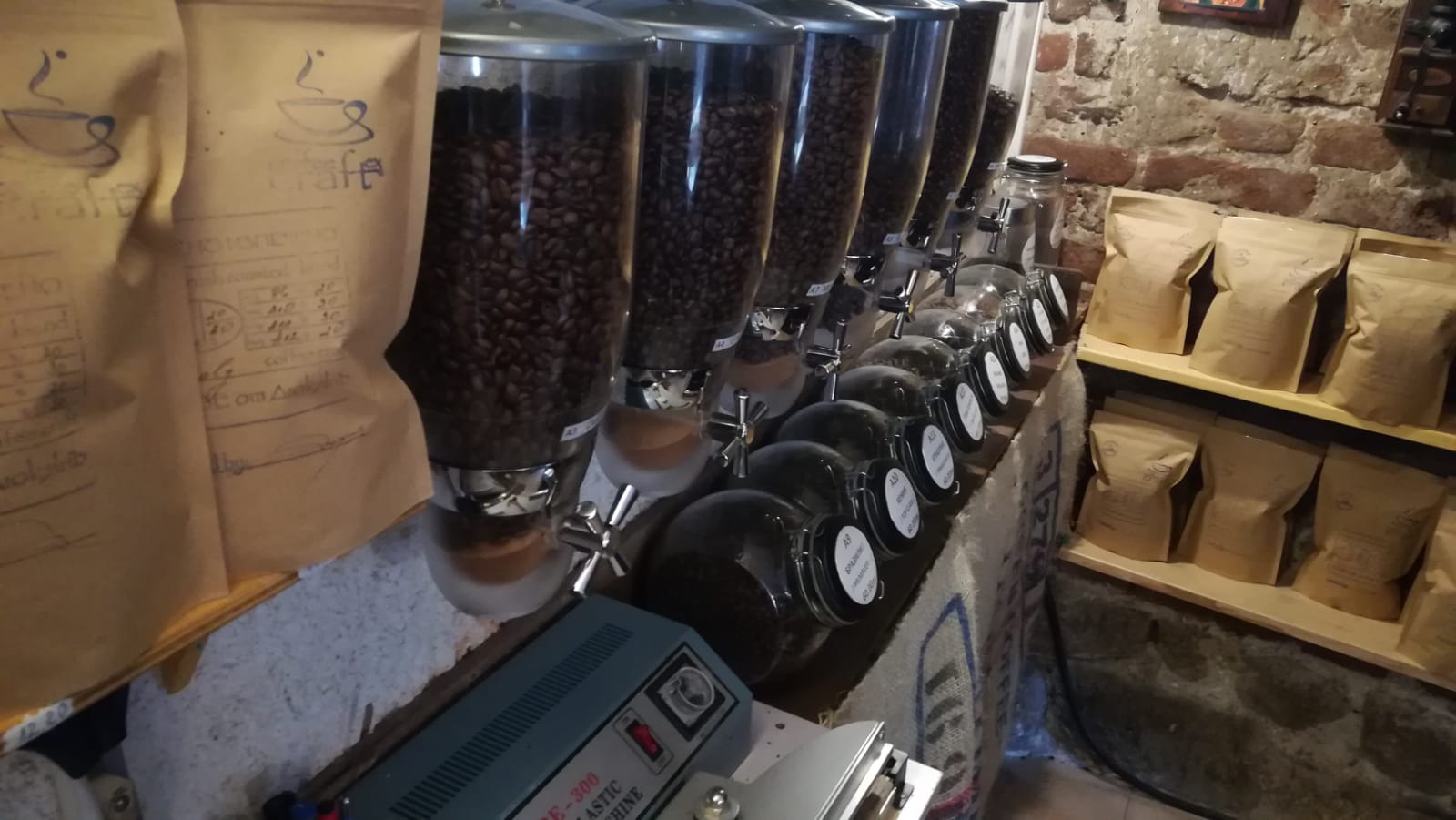
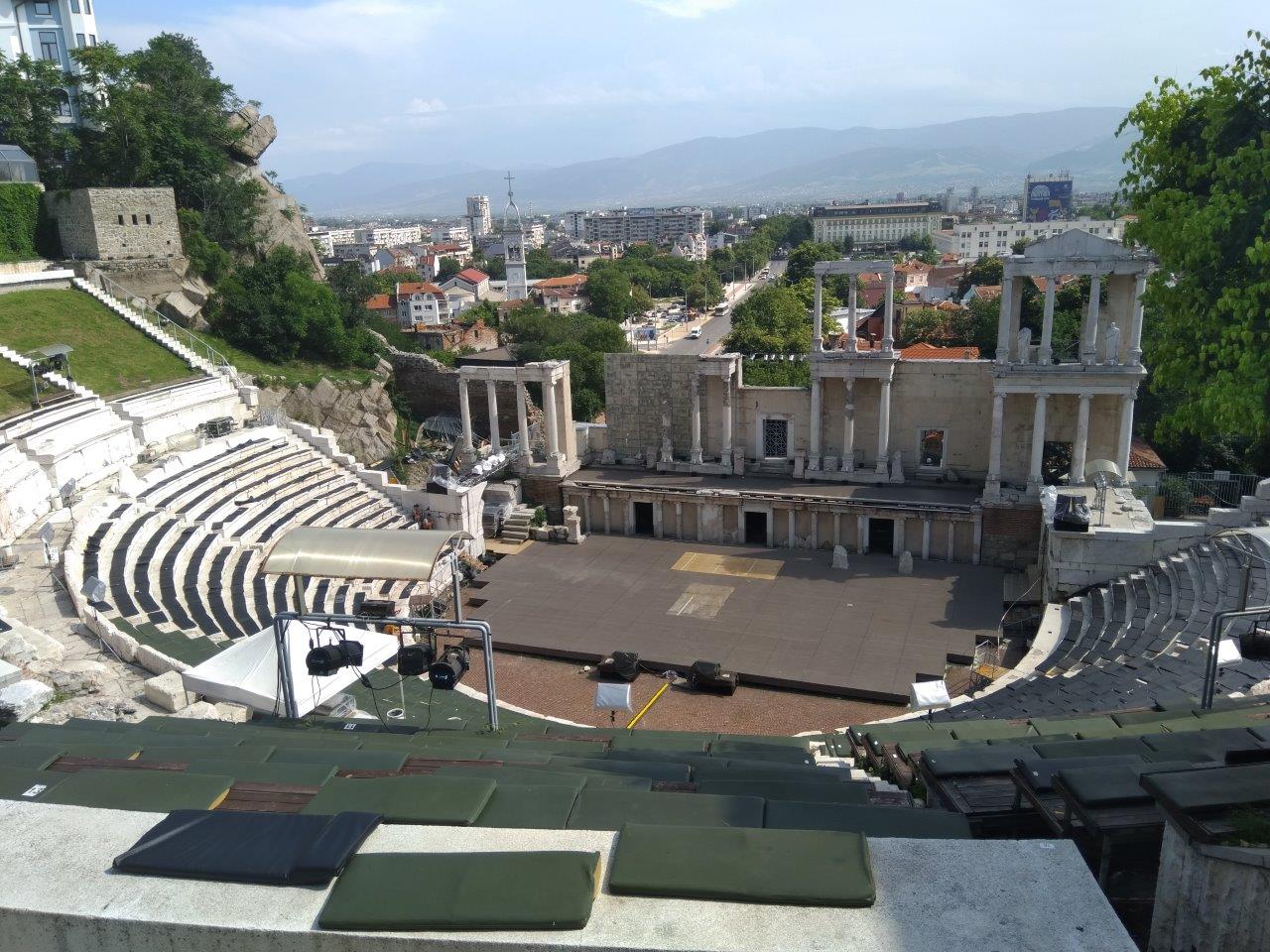
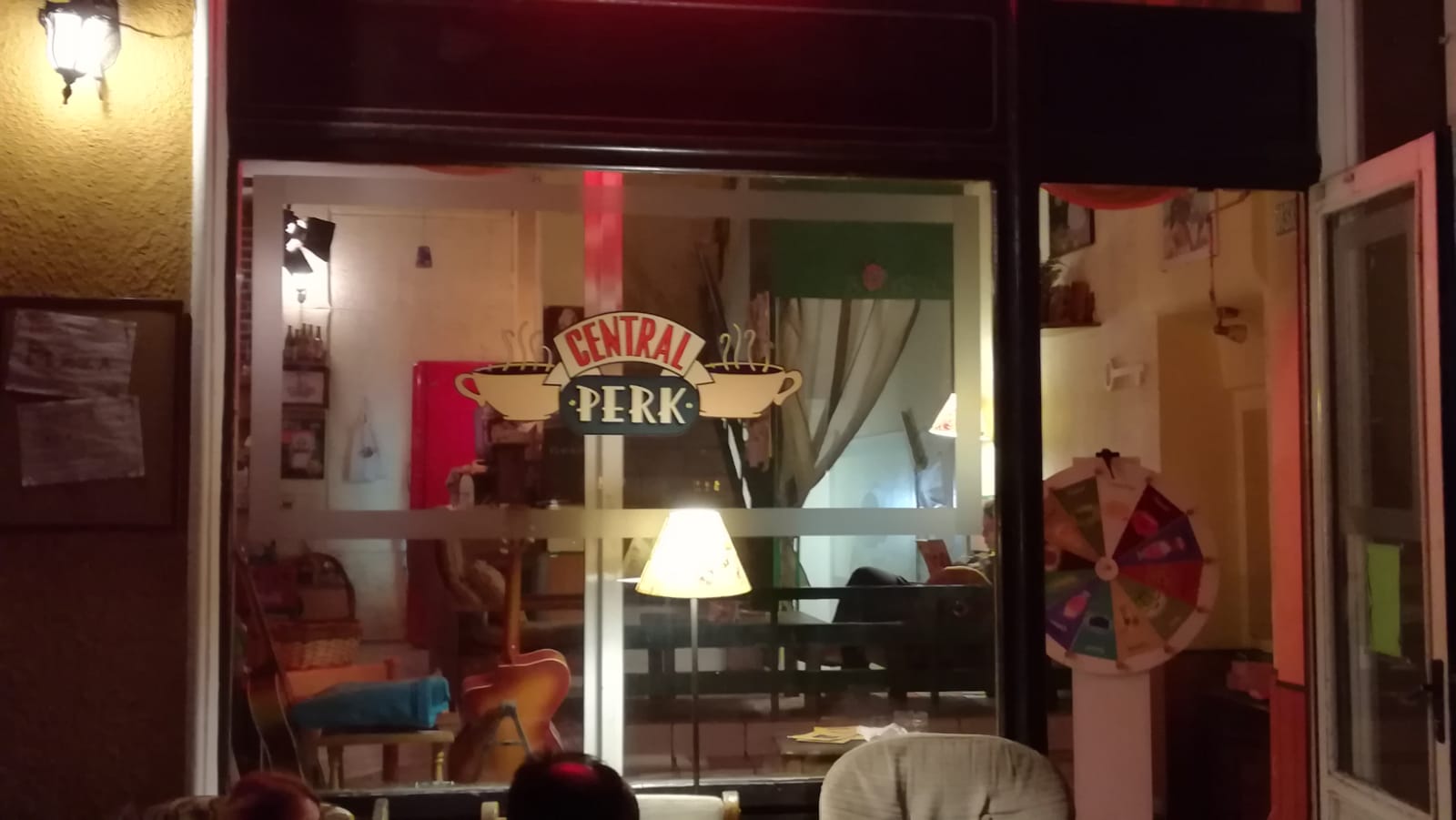
"Perkele" is mostly used for extreme frustration NOT as a surprised response. That's even more pronounced with "Voi Perkeleen Perkele"…